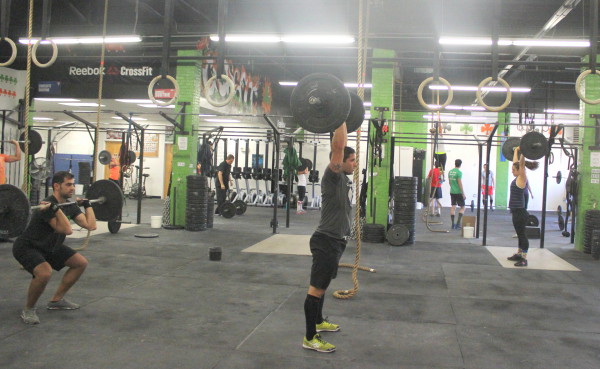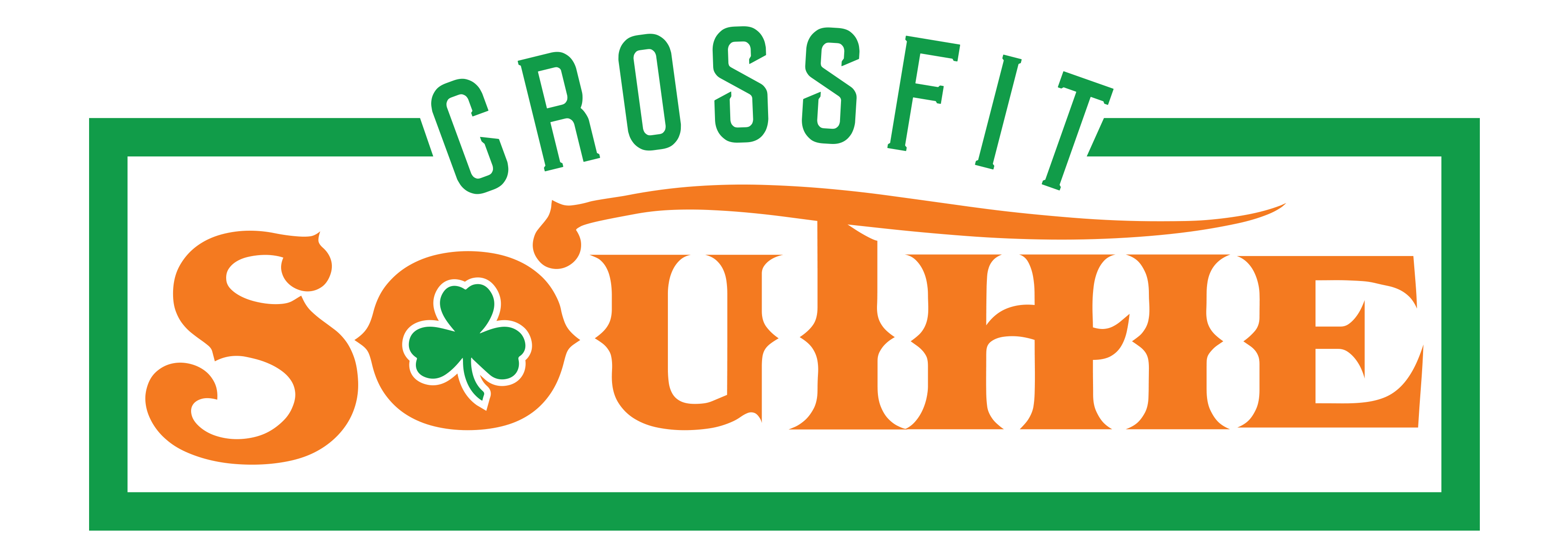
WARM UP
Grab a partner, grab a heavy keg/sandbag – move it 400m – one person carries at a time – switch where necessary.
Suggested weights
Games (110/80)
Regional (95/60)
Open (75/45)
WOD
As a team of 3 complete the following reps for time:
50 Deadlifts (280,185)
60 Chest to Bar Pull-ups
70 Cleans (190,135)
80 Pull-ups
90 Snatches (140,85)
100 Toes to Bar
Regional (260,165) (170,115), (120,75)
Open (240,145),(150,105),(100,65)
CA$H OUT
Zig Zag Sprint
